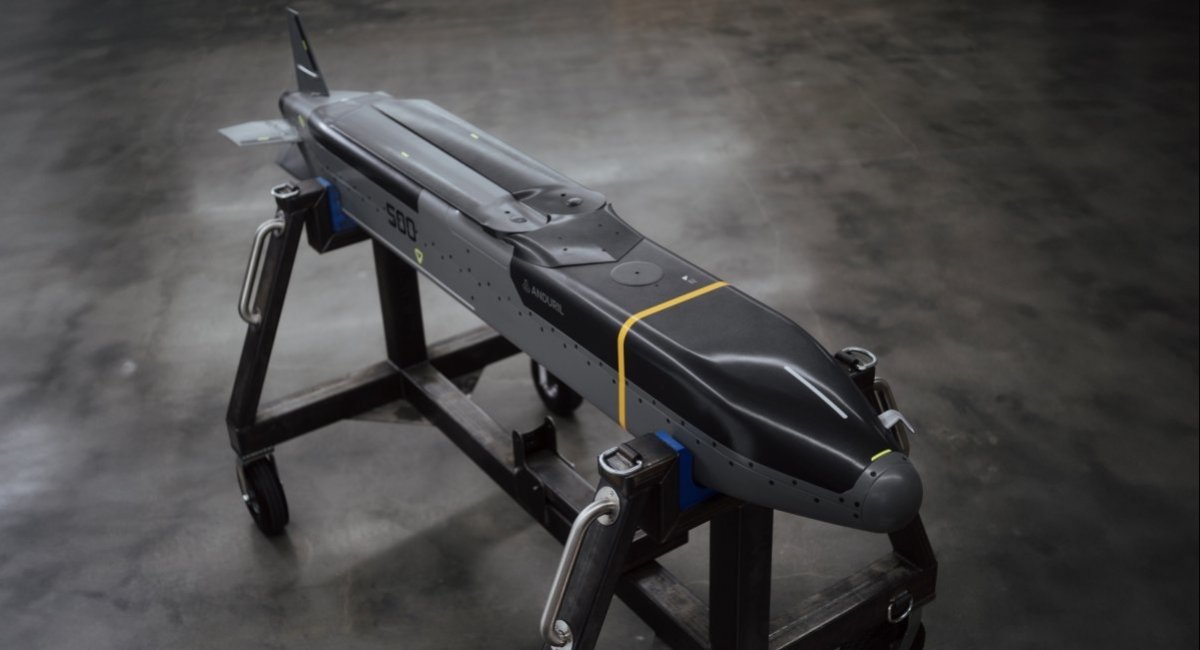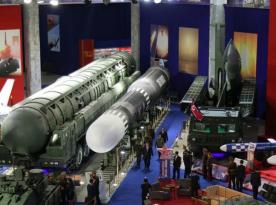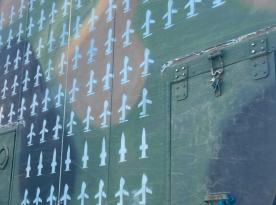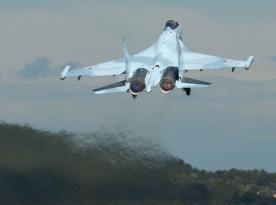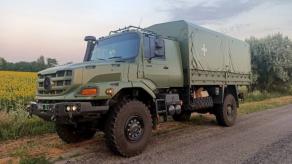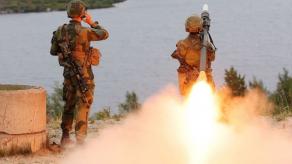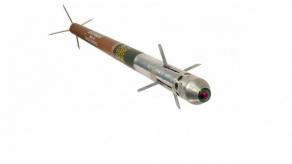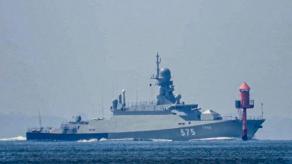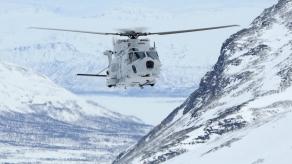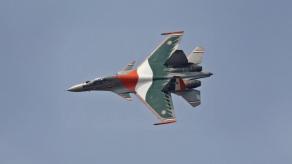Among the possible candidates for American long-range weapons that may end up in Ukraine, not only the well-known Tomahawk cruise missiles were named, but also Barracuda. The latter is much less known, because it is not yet in service with the US and has appeared in general just in September 2024.
Barracuda is a family of missiles by the Anduril company. In general, it is currently known that there are three versions of Barracuda cruise missiles: Barracuda-100, Barracuda-250, Barracuda-500.
Read more: Why Not Ukraine Be Like the Philippines, Where Just the Intention to Acquire Tomahawks Struck Fear into China?
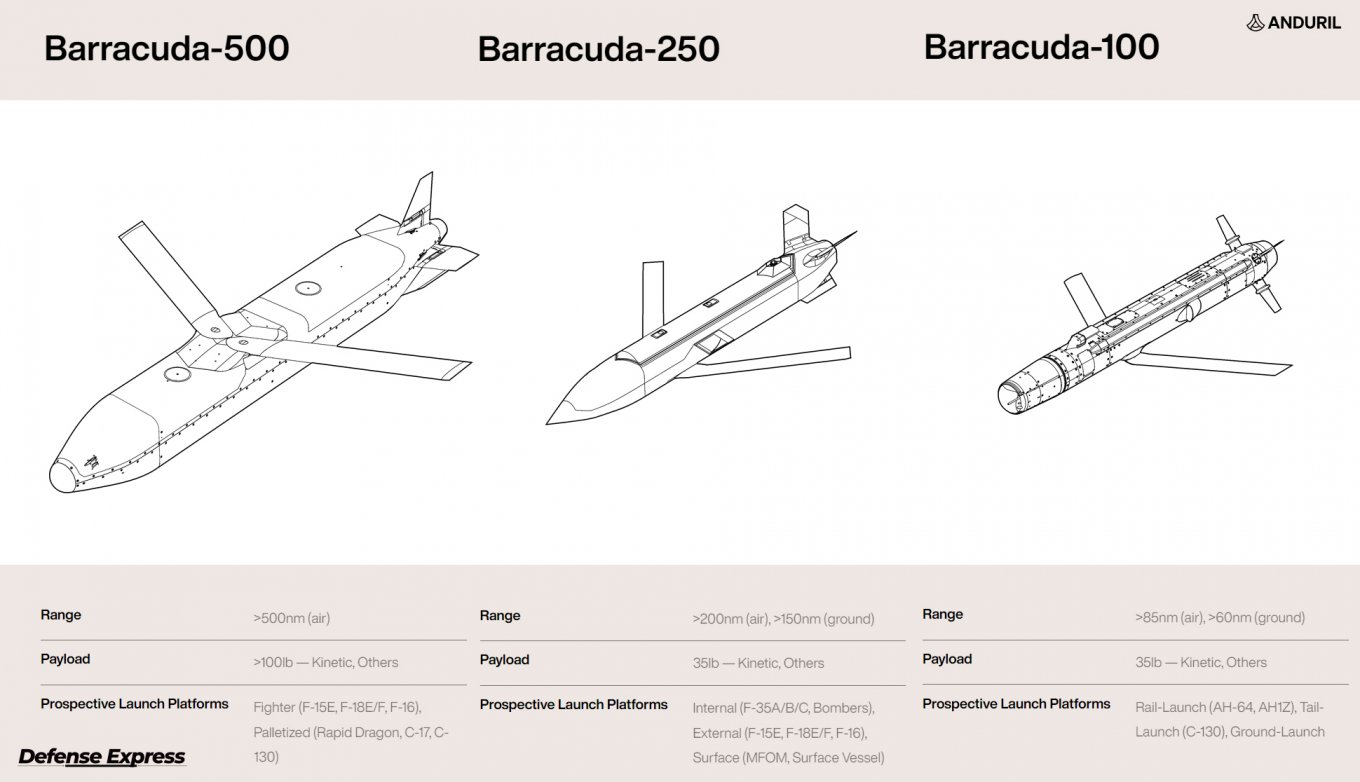
They differ quite a lot from each other in size and range of attack. The Barracuda-100 has a range of 110 and 150 km for ground and air launch correspondingly, the Barracuda-250 – 280 and 370 km, the Barracuda-500 – over 900 km when launched from the air.
At the same time, the dimensions of the Barracuda warhead are objectively small – just 16 kg for the Barracuda-100 and Barracuda-250, and 45 kg for the most powerful Barracuda-500. That is, the most powerful version of the Barracuda family cruise missile has a warhead like that of a Shahed-type strike drone. That is why, from the point of view of effectiveness, only the Barracuda-500 can be considered for strikes against the russian federation and in general in the European theater of operations.
Until recently, the Barracuda-500 cruise missile could only be launched from air platforms. In addition to fighter jets, for example, the F-16, it could be the already tested Rapid Dragon system, when missiles are dropped from a transport aircraft on special pallets.
But just a few days ago, Anduril announced that it had adapted the Barracuda-500 for ground launch and showed a video of the tests. The flight range has decreased slightly because of this, although official figures have not been given, most likely to 600-700 km.
There is no information about the Barracuda-500 guidance system, but it is highly expected that it will use a standard combination consisting of an inertial system, satellite navigation and a terrain guidance system.
But in addition to the issue of characteristics, launch and navigation capabilities, there is also the concept of availability. In the case of the Barracuda-500, there is an important aspect - these missiles are currently not mass-produced due to the lack of orders. Anduril is currently just offering these missiles on an initiative basis to a potential customer, in particular the US government.
Although Anduril declares the low cost of the solution and the possibility of easy scaling of production of these missiles, Anduril plans to reach a production rate of several thousand Barracuda missiles per year only at the end of 2026 - of course, if there is an order. That is, if by "several" we mean 3,000 units per year, then this is about 250 missiles with a warhead of up to 45 kg per month in about two years.
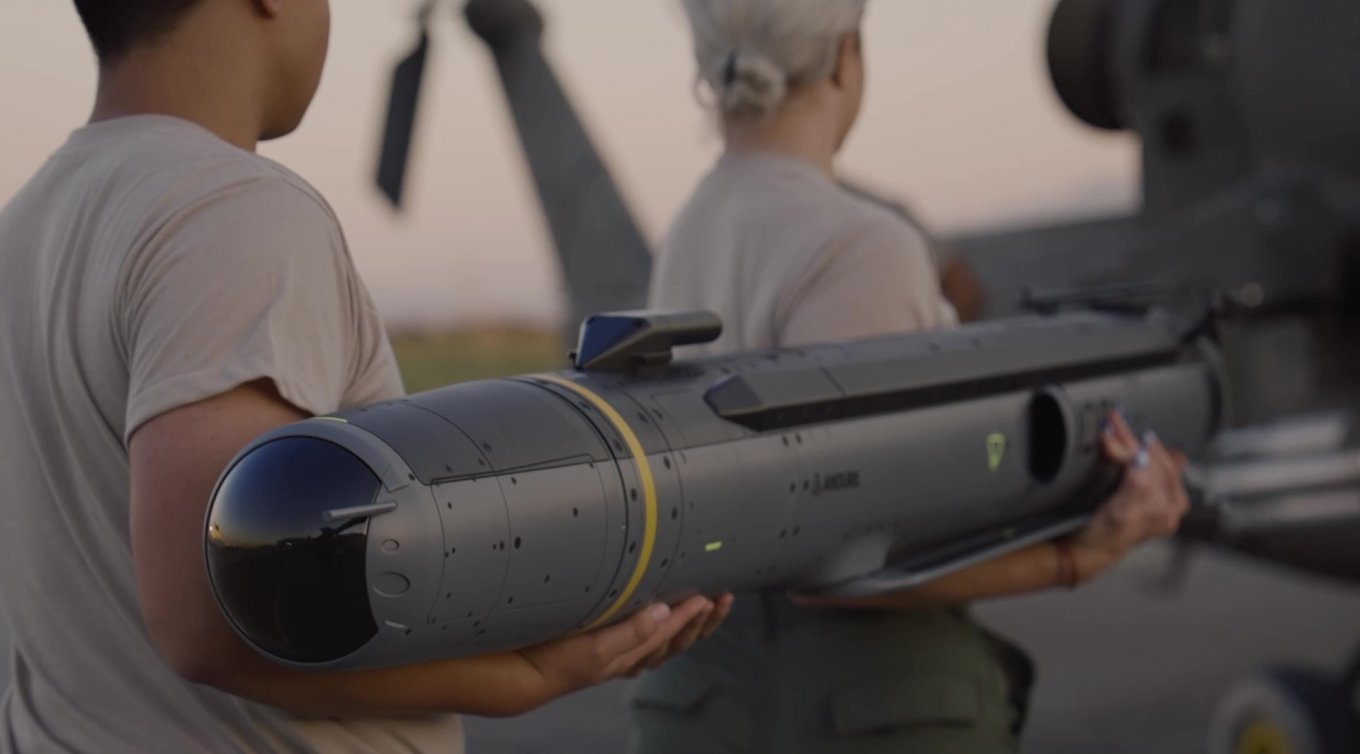
That is why the lack of stocks and the current "hot" production line of these missiles is the first significant drawback of Barracuda. The second drawback of this missile is its small warhead, which will not allow it to effectively hit a number of objects.
But it should be understood that Tomahawk is produced in the US even less, and their cost for European countries is generally sky-high. For example, the Netherlands, which ordered 175 Tomahawks for $2.19 billion, is talking about a price of $12.5 million for one cruise missile.
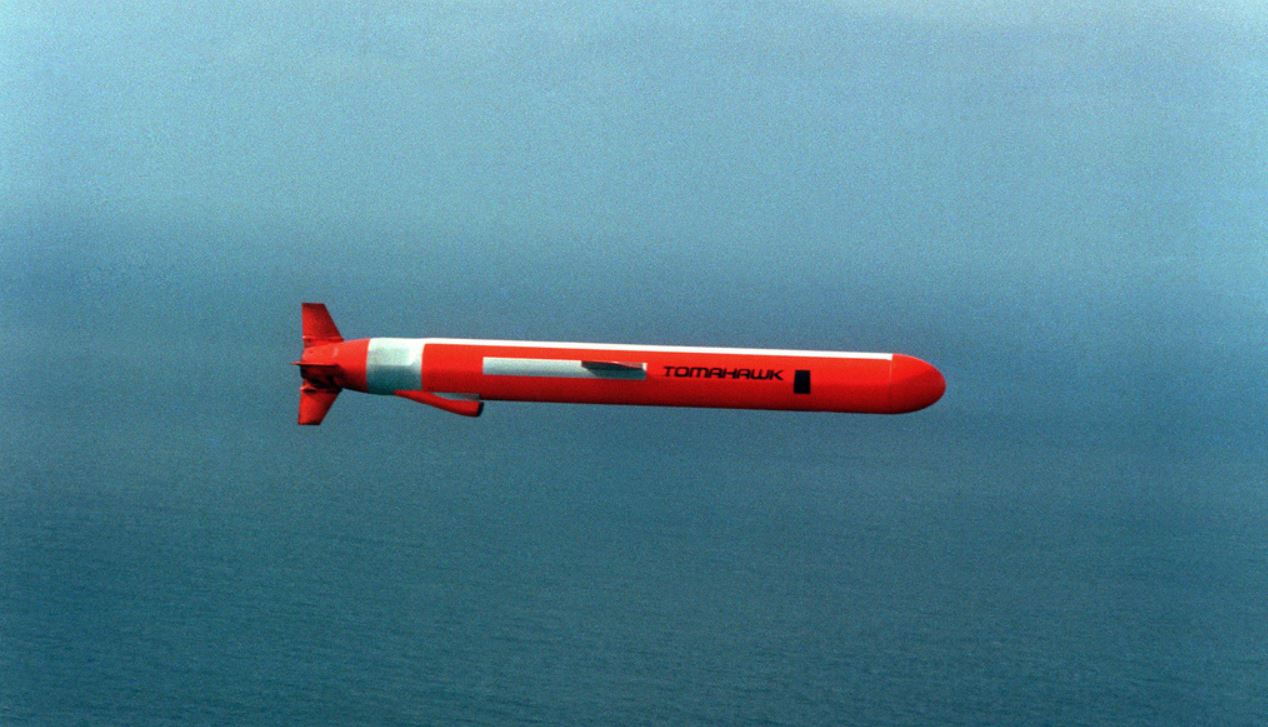
That is why even if Ukraine receives Tomahawks, there will definitely not be a large number of them and without alternatives, and these may not only be Barracudas - they simply cannot be dispensed with.
As Defense Express reported, Ukraine needed to strike twelve key factories with Tomahawks to paralyze missile production in russia. We also wrote on What was the optimal solution to protect the skies of Ukraine and how many tomahawks it took.
Read more: This Tomahawk Would Be Ideal Against russian Airfields: the Fate of the MRASM AGM-109H Project




